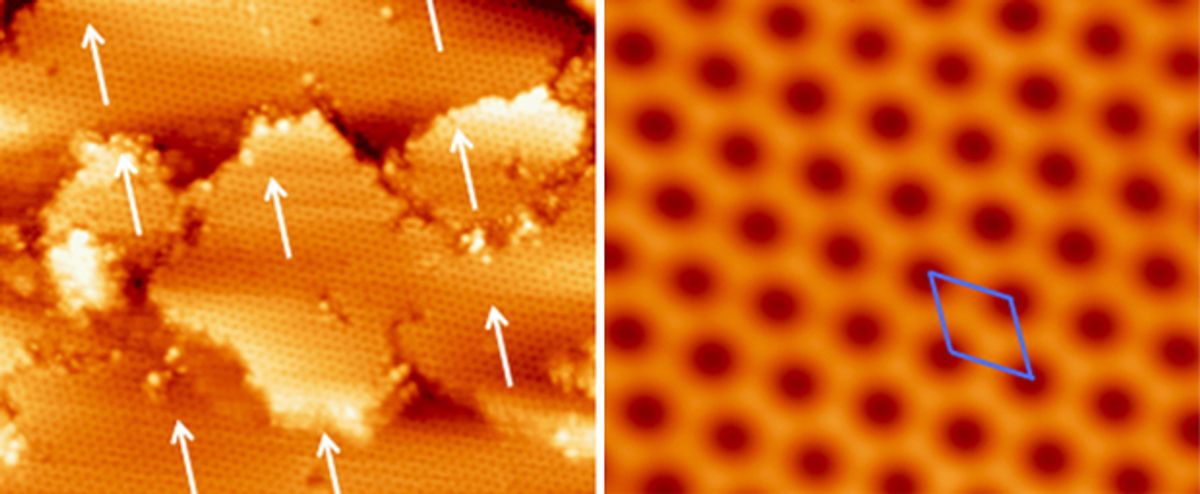Early this year, research indicated that silicene—essentially two-dimensional (2-D) silicon—had “suicidal tendencies”. As soon as you tried to layer silicene it would revert back to the crystal structure of silicon instead of maintaining its honeycomb structure.
Now an international team of researchers claims to have proven the stability of silicene under these circumstances, paving the way for it to compete in the growing world of 2-D materials.
The research, which was published in the journal 2D Materials, demonstrated for the first time that thick, multilayer silicene films can be stable in air for at least 24 hours. While 24 hours doesn’t seem like a long time, it should give researchers a window of opportunity to perform more tests on the material to reveal its capabilities.
The joint Italian and French research team was able to slow the reversion of silicene back to silicon by keeping the silver substrate at a temperature of 470 Kelvin and keeping a solid silicon source at 1470 Kelvin. With this setup, they were able to place 43 monolayers of silicene onto the substrate.
The researchers observed that in this process a layer of oxidation formed on top of the monolayers, which served as a kind of protective barrier that preserved the integrity of the layered silicene.
This protective barrier gave the researchers 24 hours to delve into the properties of the silicene, and they didn’t waste any time. They first used x-ray diffraction and Ramam spectroscopy to confirm that what they were looking at was indeed silicene and not silicon.
Then after they realized they had a material that until a couple of years ago had been thought inconceivable, they looked even further.
“Our present study shows that multilayered silicene is more conductive than single-layered silicene, and therefore opens up the possibility of using it throughout the silicon microelectronics industry,” said Paola De Padova, from Consiglio Nazionale delle Ricerche in Italy, in a press release. “In particular, we envisage the material being used as a gate in a silicene-based MOSFET, which is the most commonly used transistor in digital and analogue circuits.”
The next step for the researchers will be to look into growing multilayered silicene directly onto semiconductor substrates to investigate their joint superconducting properties.
Dexter Johnson is a contributing editor at IEEE Spectrum, with a focus on nanotechnology.



